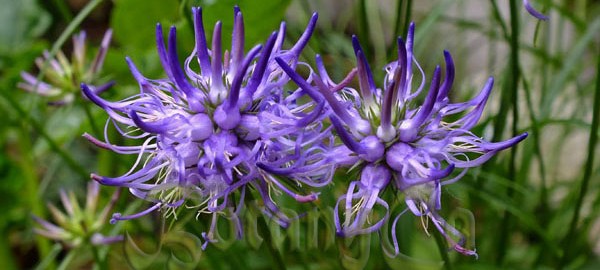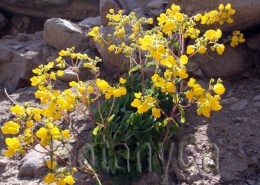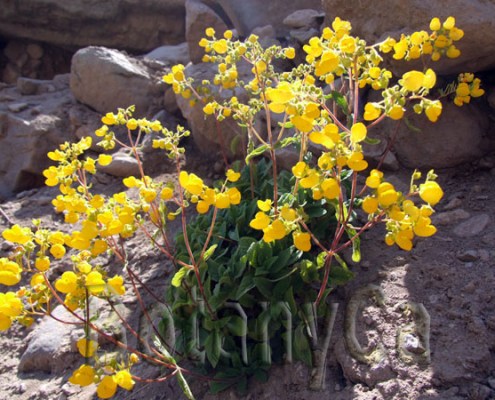This is a recount of a trip we were lucky to make a few years ago in the Chilean Andes. At the time, I had developed a mild new obsession for the rosulate Violas after seeing a few pictures and reading about them on the Botany Photo of the Day and the Alpine Garden Society websites. Now, after a few years I got over it, nevertheless is was an exciting adventure into unknown, wild landscapes. We were lucky to be welcomed and drove around by our welcoming Chilean hosts, but otherwise Chile is a safe place to travel and modern amenities can be found almost everywhere, by comparison with other regions from South America.
Follow us please in the Chilean Cordillera where most of these plants are growing, trying to survive, on rocky, gravely, exposed slopes. High solar radiation, very little rain during the summer months and substantial snow cover in the winter form the main picture of their growing habitat. I like the sonority of the local name for this kind of sites – ‘rumbles’, and indeed in many places you expect the rocks to start sliding down any moment.
On the first trip towards Farellones, Valle Nevada and La Parva, well known sky resorts close to Santiago, on a narrow, steep road that winds through the Cordillera, we started to see the first Alstroemeria species, commonly called Lily of the Incas. Chile is one of the two centres of diversity for Alstroemeria with some 50 species among which about 80% are endemic! As many times the case, they have been widely used as a genetic source for creating new ornamental hybrids, often with Alstroemeria species from Brazil.

First to appear was Alstroemeria pallida. It flowers between November and March, and grows to about 60 cm tall, with 2-5 pink flowers arranged in an umbelliform inflorescence. The two superior tepals have a pattern of dots and stripes with a bright-yellow median band, that act as an advertising ‘banner’ for pollinators (nectaries guides). Alstroemeria exerens is not as abundant as A. pallida; only about 35 cm tall, has large, deep pink flowers with the same patterns on the two tepals, but with a wider yellow band. On the margin of the road towards Valle Nevada, close to the marks left by big trucks carrying construction materials, we found the low growing, unmistakable Alstroemeria umbellata. The leaves rosettes are somewhat fleshy with a bluish tone and the pink flowers are grouped in large umbelliform inflorescences.
In quite a few places groups of Schizanthus hookeri were forming lovely compositions with the California poppy (Eschscholzia californica) an introduced species there. Schizanthus hookeri is an annual species in Fam. Solanaceae. What? – this was our reaction too, as it doesn’t resemble at all with our typical Solanaceae. It is 30-80 cm tall with pinnate or bipinnate –sectate leaves and numerous purple to lilac flowers with a yellow median lobe.
The perennial Schizanthus grahamii var. coccinea (syn. Schizanthus coccineus) grows to 30-50 cm tall and has brightly coloured flower with a particular morphology: the lateral lobes are more or less divided, depending on the species and usually with the superior lobe of a different colour. Commonly called Mariposita, they have been taken into cultivation and most of the named varieties belong to S. x wisetonensis, known as the Poor man’s orchid or the Butterfly flower. In La Parva, situated at about 2800 m elevation, we looked around on some gravelly, slippery slopes after the rosulate Viola, which was supposed to be around but couldn’t find any. However, this lead to the discovery of other delicious small plants between the rocks, like Chaetanthera and Oriastrum chilense.
A few more interesting species from this region and more to follow in the next posts:





















































































































































































































































































































































